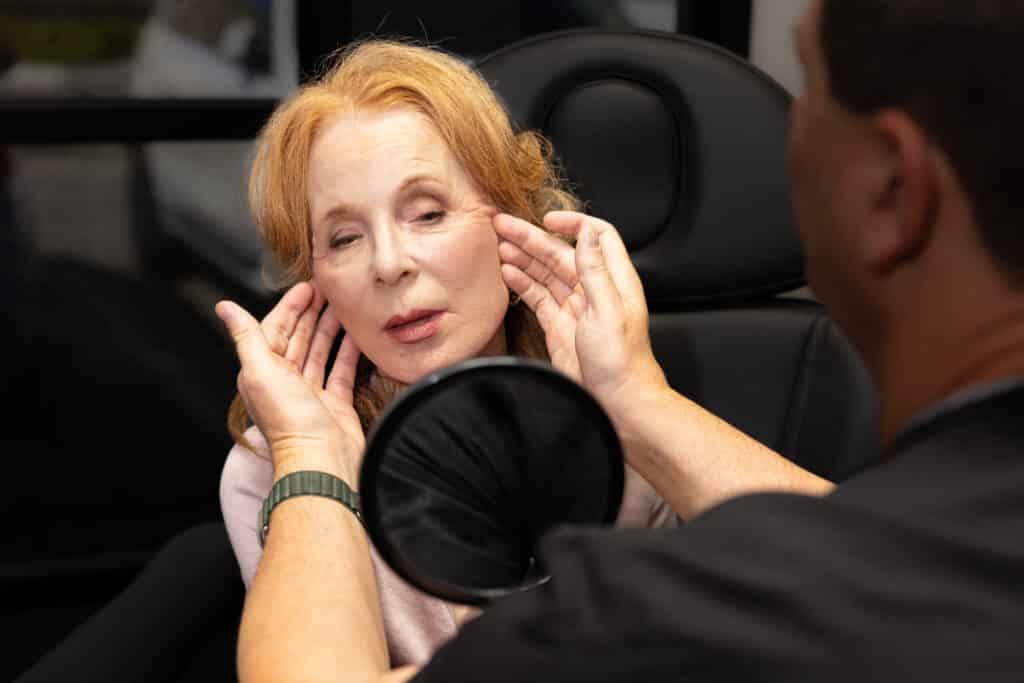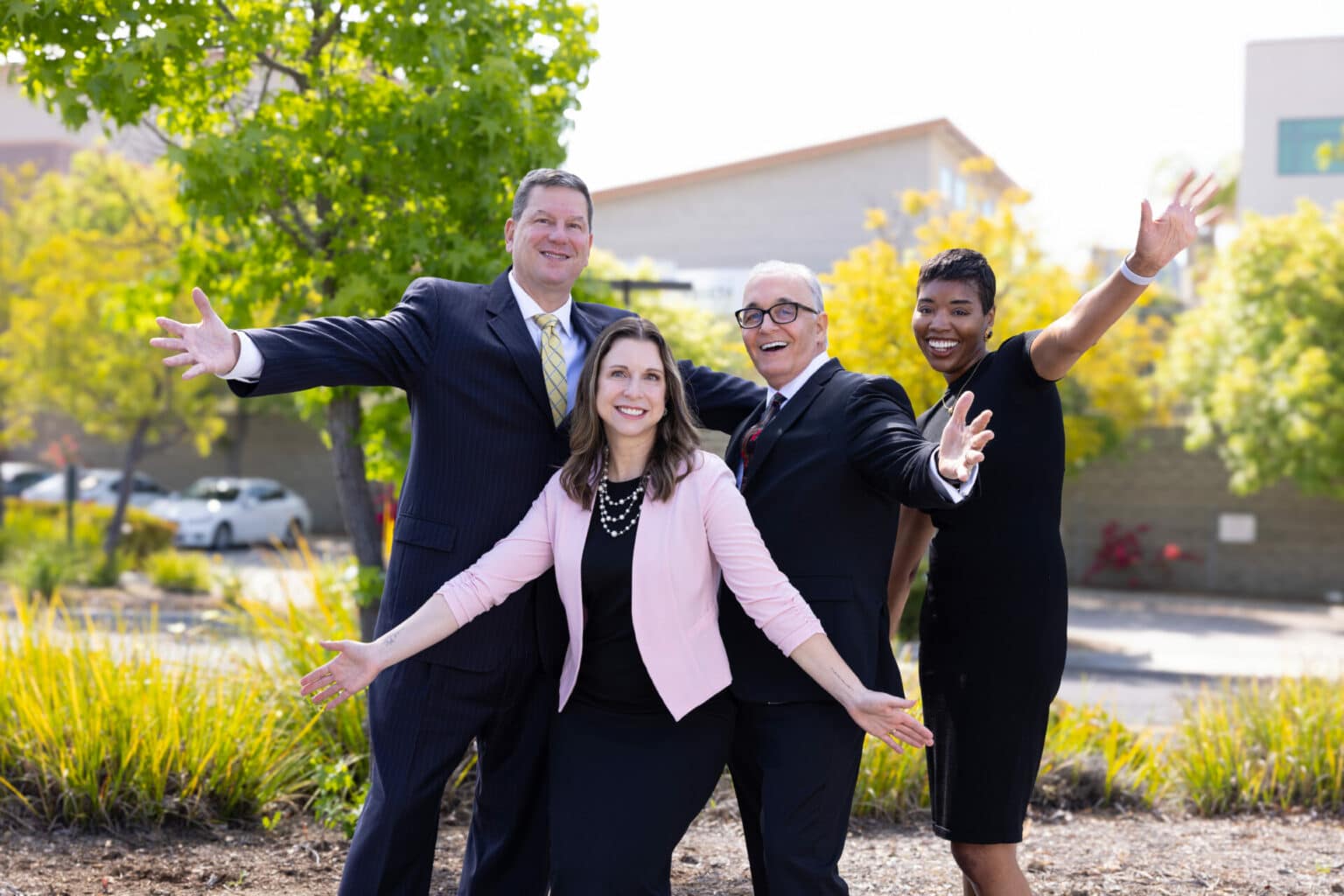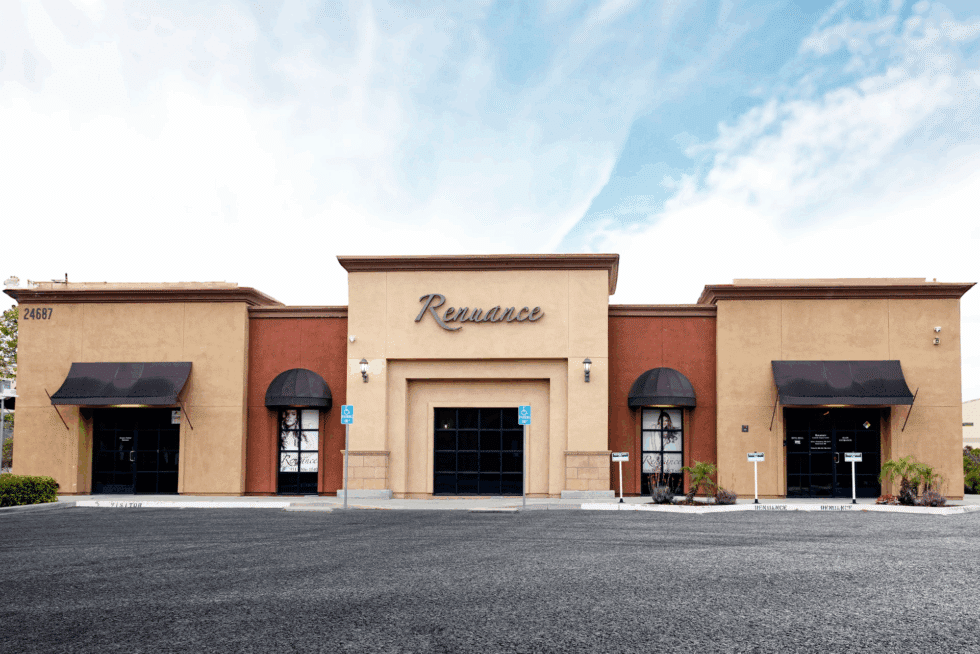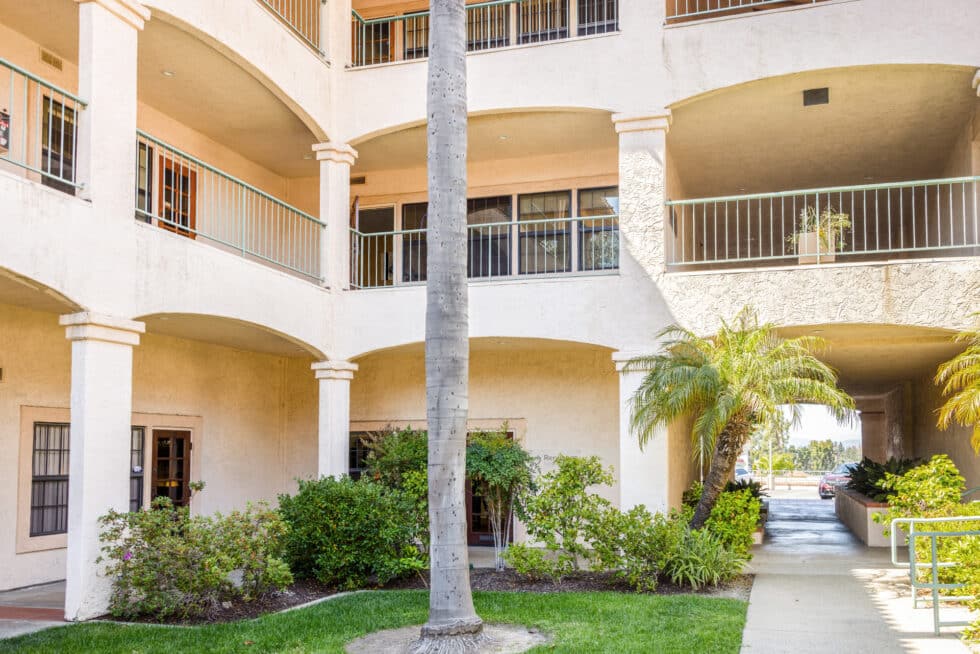Understanding Modern Facelift Techniques: Finding the Right Approach for Your Goals

Exploring advanced surgical methods that deliver natural, long-lasting facial rejuvenation
When it comes to facial rejuvenation, there’s no one-size-fits-all solution. Modern plastic surgery offers several sophisticated facelift techniques, each designed to address different aging concerns and individual anatomies. At Renuance, we understand that choosing the right approach is essential to achieving natural-looking results that enhance your unique beauty.
With decades of combined experience and thousands of successful procedures, our board-certified plastic surgeons specialize in multiple advanced facelift techniques. Understanding these different approaches can help you make an informed decision about which method best aligns with your aesthetic goals.
The Evolution of Facelift Surgery
Facelift surgery has evolved dramatically over the past few decades. Early techniques focused primarily on skin tightening, often resulting in an overdone, “pulled” appearance. Today’s advanced methods work with the deeper structures of the face, addressing the underlying causes of aging rather than simply treating surface symptoms.
Modern facelift techniques focus on:
Restoring natural facial contours while preserving individual characteristics and expressions.
Repositioning deeper facial structures including muscles, fat pads, and connective tissue layers.
Creating results that last longer by addressing the foundational causes of facial aging.
Minimizing visible scarring through strategic incision placement and meticulous surgical technique.
Maintaining facial harmony by considering the relationship between different facial features.
Understanding Facial Anatomy and Aging
To appreciate the different facelift techniques, it’s helpful to understand the key anatomical layers that contribute to facial aging:
The SMAS Layer
The Superficial Musculo-Aponeurotic System (SMAS) is a crucial layer of tissue that lies beneath the skin but above the deeper facial muscles. As we age, this layer descends, contributing to jowling, nasolabial folds, and loss of jawline definition. Different facelift techniques address the SMAS layer in various ways, offering different levels of lift and longevity.
Facial Fat Pads
Volume loss and redistribution of facial fat pads play a significant role in the aging process. As these fat compartments descend or diminish, the face loses its youthful fullness and contours.
Skin Quality
While deeper structures are critical, skin quality and elasticity also influence both the surgical approach and final results. The ideal technique considers both deep tissue repositioning and skin management.

Advanced Facelift Techniques at Renuance
At Renuance, we offer several sophisticated facelift approaches, each with unique benefits and applications. Your surgeon will recommend the technique best suited to your individual anatomy, aging patterns, and aesthetic goals.
High SMAS Facelift
The High SMAS facelift is a comprehensive technique that provides significant improvement in the midface and lower face regions. This approach involves:
Elevated SMAS manipulation that addresses tissue descent at a higher position on the face, providing excellent midface lifting and cheek enhancement.
Improved nasolabial fold reduction by repositioning tissues from a superior position, creating more natural-looking improvements.
Enhanced cheek projection that restores youthful facial proportions and contours.
Long-lasting results due to the secure repositioning of deeper facial structures.
This technique is particularly effective for patients experiencing moderate to significant midface aging, including flattening of the cheeks and deepening of the nasolabial folds.
SMAS Plication Facelift
SMAS plication involves folding and tightening the SMAS layer without actually cutting or removing tissue. This technique offers:
Reduced surgical complexity while still providing excellent facial rejuvenation, making it appropriate for certain patient profiles.
Shorter operative time compared to more extensive SMAS techniques, which can contribute to easier recovery.
Effective jowl improvement and jawline definition through strategic SMAS tightening.
Natural-looking results with a focus on subtle enhancement rather than dramatic change.
SMAS plication is often ideal for patients with mild to moderate facial aging who want significant improvement without the most extensive surgical intervention.
SMASectomy Facelift
The SMASectomy technique involves removing a portion of the SMAS layer before repositioning the remaining tissue. This approach provides:
Significant tissue tightening by removing redundant SMAS tissue and securing the remaining layer in an elevated position.
Excellent lower face contouring that addresses jowling and restores jawline definition.
Durable results through the removal of excess tissue that might otherwise contribute to future descent.
Versatile application for various degrees of facial aging and different anatomical considerations.
This technique is particularly beneficial for patients with moderate to advanced aging who need substantial improvement in the lower face and jawline.
Deep Plane Facelift
The deep plane facelift represents one of the most advanced surgical techniques available, offering comprehensive facial rejuvenation through:
Releasing and repositioning entire facial layers as a single unit, including skin, SMAS, and underlying tissue, creating the most natural movement and appearance.
Superior midface rejuvenation that effectively addresses cheek descent and restores youthful facial proportions.
Minimal skin tension because lifting occurs at the deeper tissue level, resulting in more natural-looking outcomes and potentially better scarring.
Long-lasting results due to the comprehensive repositioning of all facial layers, often providing benefits for 10-15 years or more.
Preserved facial expressions as the technique works with natural anatomical planes, maintaining the face’s natural range of motion.
The deep plane facelift is often considered the gold standard for comprehensive facial rejuvenation, particularly for patients with significant aging changes who desire the most dramatic and longest-lasting improvements.
Subperiosteal Facelift and Browlift
Subperiosteal techniques work at an even deeper level, at the periosteal level (the membrane covering the bone). These approaches offer unique advantages:
Maximum tissue elevation by lifting structures from the bone surface, providing the most significant improvement in midface and brow position.
Comprehensive volume restoration as tissues are returned to their more youthful anatomical positions.
Excellent brow elevation when used for browlifts, creating natural-looking improvement in forehead and eye area aging.
Dramatic cheek enhancement when applied to midface lifting, addressing severe volume loss and tissue descent.
Minimal tension on the skin as lifting occurs at the deepest level, potentially contributing to more natural-looking results.
Subperiosteal techniques are particularly valuable for patients with significant facial aging, those seeking maximum improvement, or individuals with unique anatomical considerations that benefit from this deeper approach.
Complementary Procedures for Comprehensive Rejuvenation
While facelift surgery addresses the lower and midface effectively, combining it with additional procedures can create more comprehensive facial rejuvenation:
Blepharoplasty (Eyelid Surgery)
Eyelid surgery removes excess skin and fat if needed from the upper and lower eyelids or repositioning the fat to provide a more youthful look to address:
- Hooded upper eyelids that can make you appear tired or aged
- Under-eye bags and puffiness
- Lower eyelid laxity
- Crow’s feet and wrinkles around the eyes
Combining blepharoplasty with facelift surgery creates harmonious rejuvenation across the entire face.
Neck Lift
A neck lift can be performed in conjunction with facelift surgery to address:
- Excess skin and laxity in the neck
- Platysmal bands (vertical neck cords)
- Submental fullness (double chin)
- Loss of jawline definition extending into the neck
Fat Grafting
Strategic fat transfer can restore volume to areas that have lost fullness over time, complementing the lifting effects of facelift surgery. Fat grafting:
- Adds natural-looking volume using your own tissue
- Improves skin quality through stem cell transfer
- Creates smoother transitions between facial areas
- Enhances overall facial harmony
Skin Resurfacing
Laser resurfacing or chemical peels can dramatically improve skin texture, tone, and quality:
- Reducing fine lines and wrinkles
- Improving skin tone and pigmentation
- Minimizing pore size and texture irregularities
- Stimulating collagen production for continued improvement
Choosing the Right Technique for Your Needs
Selecting the appropriate facelift technique depends on several important factors:
Degree of Aging
The extent of facial aging significantly influences which technique will provide optimal results:
Mild aging (early jowling, slight tissue descent): SMAS plication or less extensive approaches may be sufficient.
Moderate aging (noticeable jowling, midface descent): High SMAS or SMASectomy techniques often provide excellent results.
Significant aging (advanced jowling, substantial volume loss): Deep plane or subperiosteal techniques may be necessary for comprehensive correction.
Specific Concerns
Different techniques excel at addressing particular aging patterns:
Midface descent and cheek flattening: High SMAS, deep plane, or subperiosteal approaches offer superior midface rejuvenation.
Jowling and jawline definition: All SMAS techniques effectively address these concerns, with varying degrees of improvement.
Nasolabial folds: Deep plane and high SMAS techniques provide the most significant improvement in fold depth.
Overall facial volume loss: Deep plane and subperiosteal techniques, often combined with fat grafting, address comprehensive volume concerns.
Anatomical Considerations
Your individual facial structure influences which technique will work best:
- Bone structure and facial proportions
- Skin quality and elasticity
- Fat distribution and volume
- Previous surgical history
- Natural facial expressions and movement patterns
Recovery Preferences
Different techniques involve varying recovery periods:
Less extensive procedures (SMAS plication): Generally shorter recovery with less swelling and bruising.
More comprehensive techniques (deep plane, subperiosteal): May require slightly longer recovery but often provide more dramatic and longer-lasting results.
Long-Term Goals
Consider your expectations for longevity:
Less invasive techniques: Excellent results lasting 7-10 years
More comprehensive approaches: Results often lasting 10-15 years or more
What to Expect During Your Facelift Journey
Comprehensive Consultation
Your journey begins with a thorough consultation where your surgeon will:
- Evaluate your facial anatomy, skin quality, and aging patterns
- Discuss your specific concerns and aesthetic goals
- Explain which technique(s) would be most appropriate for your needs
- Review the surgical process, recovery expectations, and potential risks
- Show before and after photos of previous patients with similar concerns
- Create a customized surgical plan tailored to your individual needs
Pre-Operative Preparation
Proper preparation helps ensure optimal results:
- Medical evaluation and clearance if needed
- Adjusting medications as directed
- Avoiding smoking and certain supplements
- Planning for recovery assistance
- Arranging time off work and social commitments
The Surgical Experience
Facelift surgery at Renuance takes place in our fully accredited surgical center:
Anesthesia: General anesthesia ensures your comfort throughout the procedure.
Duration: Surgery typically takes 3-5 hours depending on the specific technique and any complementary procedures.
Precision: Your surgeon works meticulously to achieve natural-looking results with minimal scarring.
Safety: Our facility maintains the highest safety standards with hospital-level equipment and experienced staff.
Recovery Timeline
Understanding the recovery process helps set realistic expectations:
Immediate Post-Surgery (Days 1-3)
- Initial swelling and bruising, typically mild to moderate
- Discomfort well-controlled with prescribed medications
- Bandages and drainage tubes if used are typically removed within 1-2 days
- Most patients feel comfortable moving around with minimal assistance as needed
Early Recovery (Week 1-2)
- Swelling and bruising begin to diminish significantly
- Most sutures are removed within 7-10 days
- Many patients can return to desk work after 10-14 days
- Social activities can gradually resume as appearance normalizes
Progressive Healing (Weeks 2-6)
- Continued improvement in swelling and any residual bruising
- Most normal activities can be resumed
- Light exercise may be permitted as directed by your surgeon
- Gradual return to full activity level
Final Results (Months 3-6)
- Tissues settle into their new position completely
- Final results become fully apparent as all swelling resolves
- Incision lines continue to fade and mature
- The full benefit of your procedure is visible
Maintaining Your Results
While facelift surgery provides long-lasting improvements, maintaining your results enhances their longevity:
Skincare Routine
Work with our aesthetic specialists to develop a comprehensive skincare regimen:
- Medical-grade skincare products
- Sun protection daily
- Regular professional treatments
- Appropriate at-home maintenance
Healthy Lifestyle
Your lifestyle choices significantly impact how long results last:
- Maintaining stable weight
- Avoiding smoking
- Managing stress
- Getting adequate sleep
- Staying well-hydrated
Non-Surgical Maintenance
Strategic non-surgical treatments can extend your results:
- Injectable treatments to maintain volume
- Laser treatments for skin quality
- Regular skincare treatments
- Preventative measures for continued aging
The Renuance Difference
Choosing where to have your facelift surgery is as important as selecting the right technique. At Renuance, we offer:
Exceptional Surgical Expertise
Our four board-certified plastic surgeons bring:
- Decades of combined experience
- Over 20,000 successful procedures
- Expertise in multiple advanced facelift techniques
- Commitment to natural-looking results
- Artistic vision combined with technical excellence
Superior Safety Standards
Your safety is our highest priority:
- QUAD A accredited surgical facility
- Hospital-level equipment and protocols
- Quarterly peer reviews ensuring best practices
- Experienced surgical and nursing staff
- Transfer agreements with local hospitals
- Limited to two patients per day for focused care
Personalized Care
We believe every patient deserves individualized attention:
- Thorough consultations to understand your unique goals
- Customized treatment plans tailored to your needs
- Accessible surgeons throughout your journey
- Comprehensive support from consultation through recovery
Natural-Looking Results
Our philosophy emphasizes subtle beauty:
- Techniques that enhance rather than transform
- Results that look like you, just refreshed
- Preservation of natural expressions and characteristics
- Harmonious outcomes that complement your unique features
Making an Informed Decision
When considering facelift surgery, take time to:
Research thoroughly: Understand different techniques and their applications.
Choose qualified surgeons: Ensure your surgeon is board-certified with extensive facial surgery experience.
Have realistic expectations: Understand what surgery can and cannot achieve.
Consider timing: Think about when results will best serve your personal and professional life.
Evaluate the facility: Confirm the surgical center maintains the highest safety standards.
Trust your instincts: Choose a surgeon and facility where you feel comfortable and confident.
Frequently Asked Questions
How do I know which technique is right for me?
Your surgeon will evaluate your facial anatomy, aging patterns, skin quality, and aesthetic goals to recommend the most appropriate technique. The best approach is highly individualized and depends on multiple factors unique to you.
Will my results look natural?
When performed by experienced surgeons using advanced techniques, facelift surgery produces natural-looking results. The goal is to restore a more youthful version of yourself, not to create a dramatically different appearance.
How long will my results last?
Depending on the technique used, results typically last 10-15 years. While aging continues, most patients find they maintain a more youthful appearance than they would have without surgery.
What are the risks?
All surgery carries some risk, including infection, bleeding, and anesthesia complications. Specific to facelift surgery, risks include nerve injury, asymmetry, and scarring. Choosing a board-certified plastic surgeon and accredited facility significantly minimizes these risks.
When can I return to work?
Most patients return to desk work within 2-3 weeks. The timeline depends on the specific technique used, your individual healing, and the nature of your work.
Will I have visible scars?
Incisions are carefully placed within the hairline and around the ears to minimize visibility. With proper healing and care, most scars fade significantly and become very difficult to detect.
Schedule Your Consultation
Ready to learn more about your facelift surgery options and whether they’re right for you? Schedule a consultation at Renuance to discuss your goals and explore your options for facial rejuvenation. Our board-certified plastic surgeons will work with you to determine the best approach for achieving your aesthetic objectives while maintaining natural, beautiful results.


